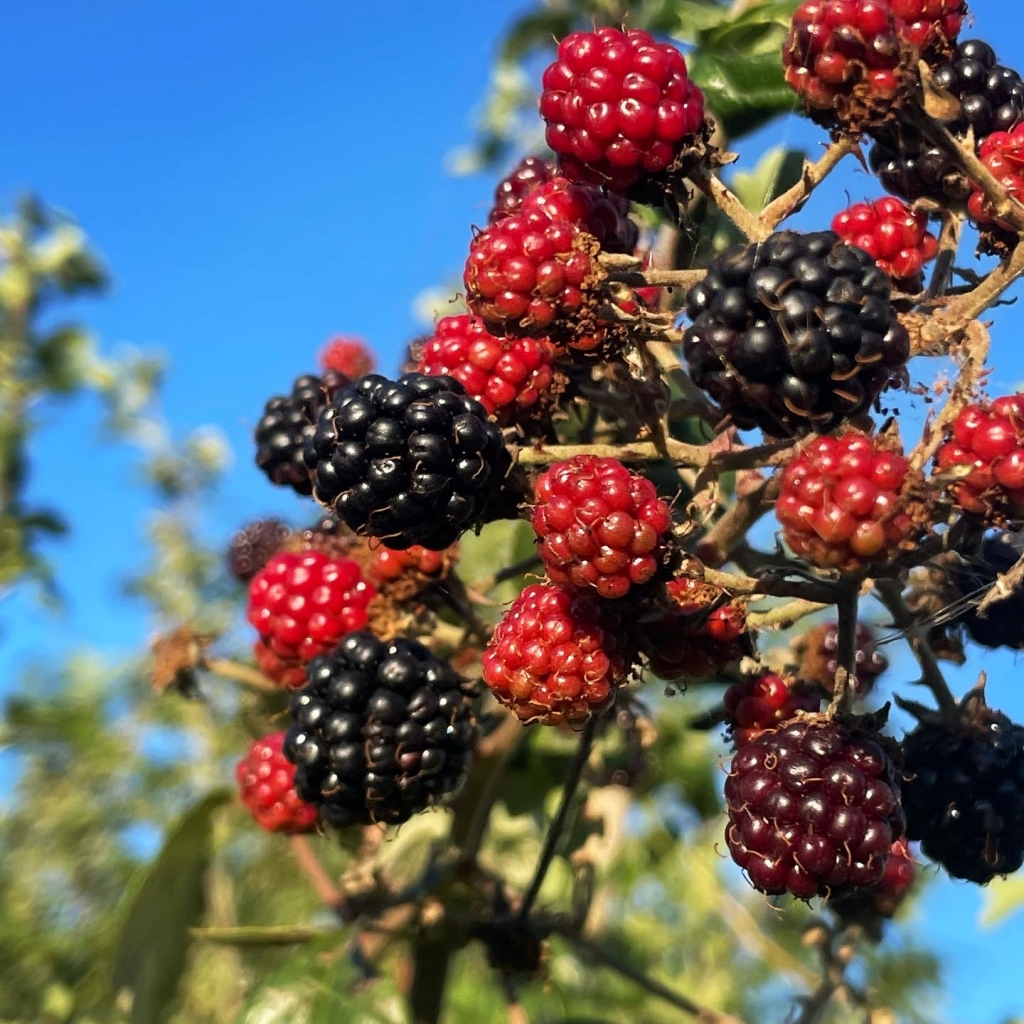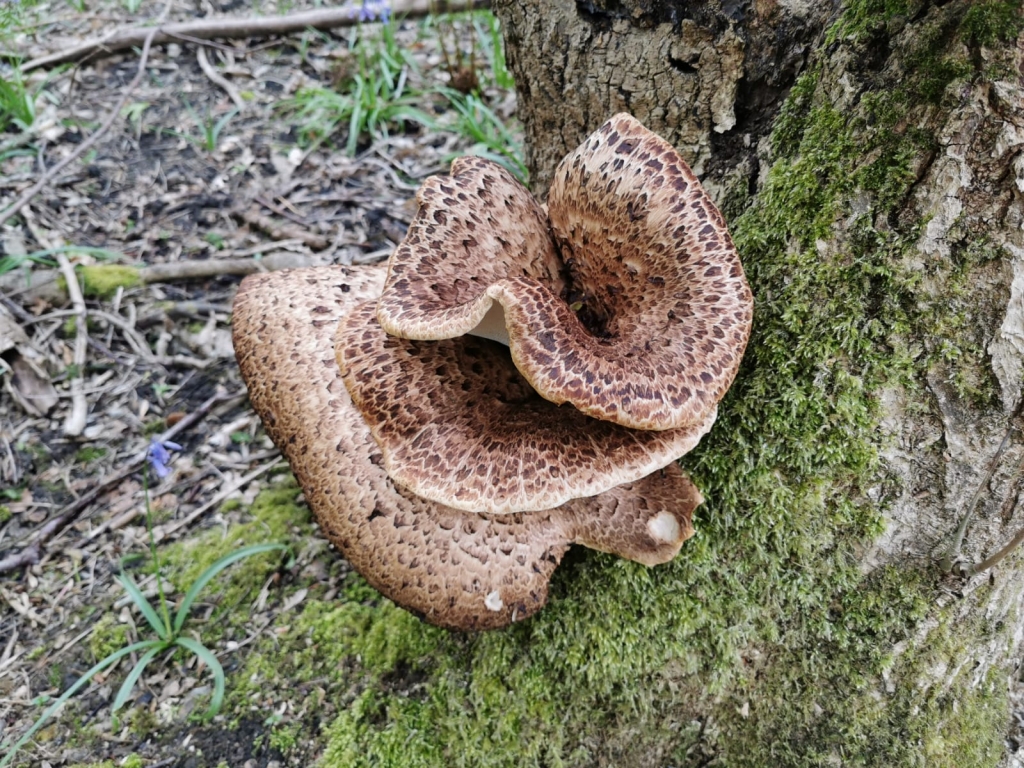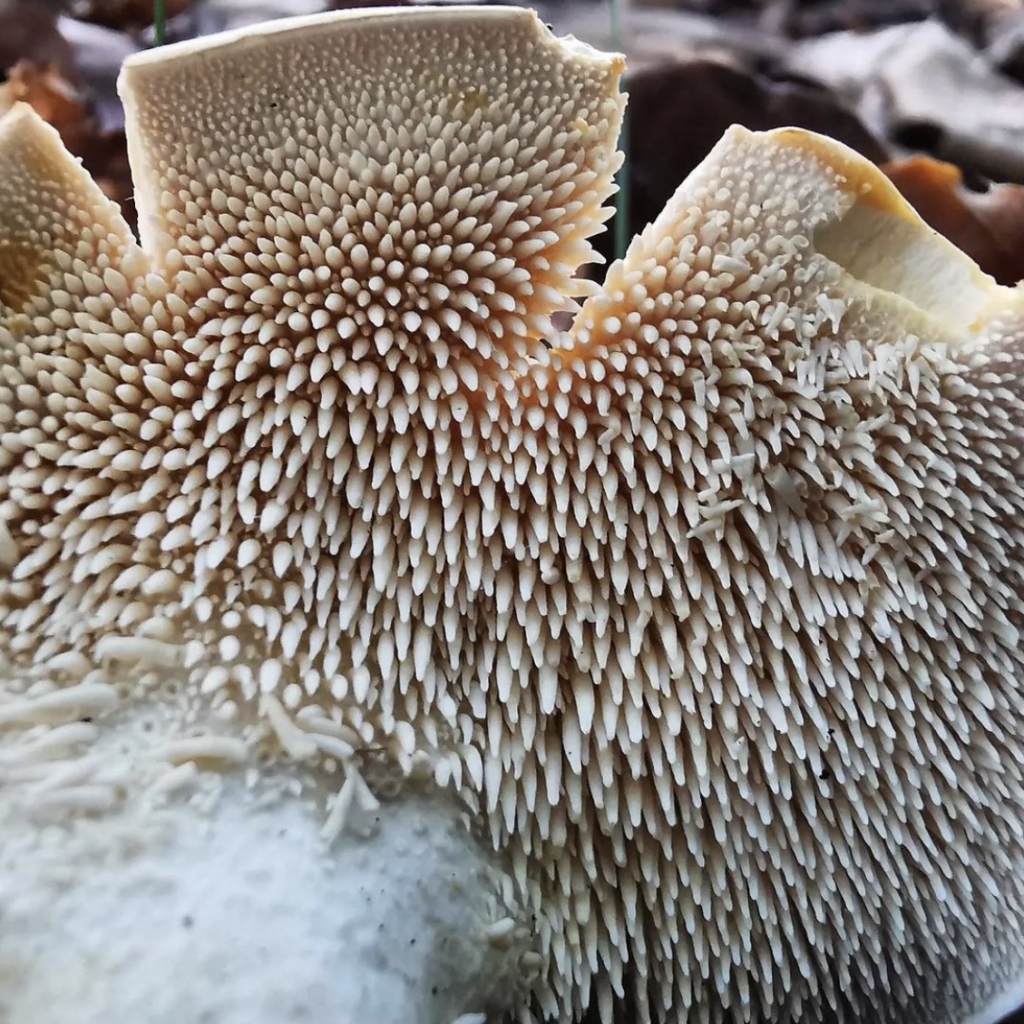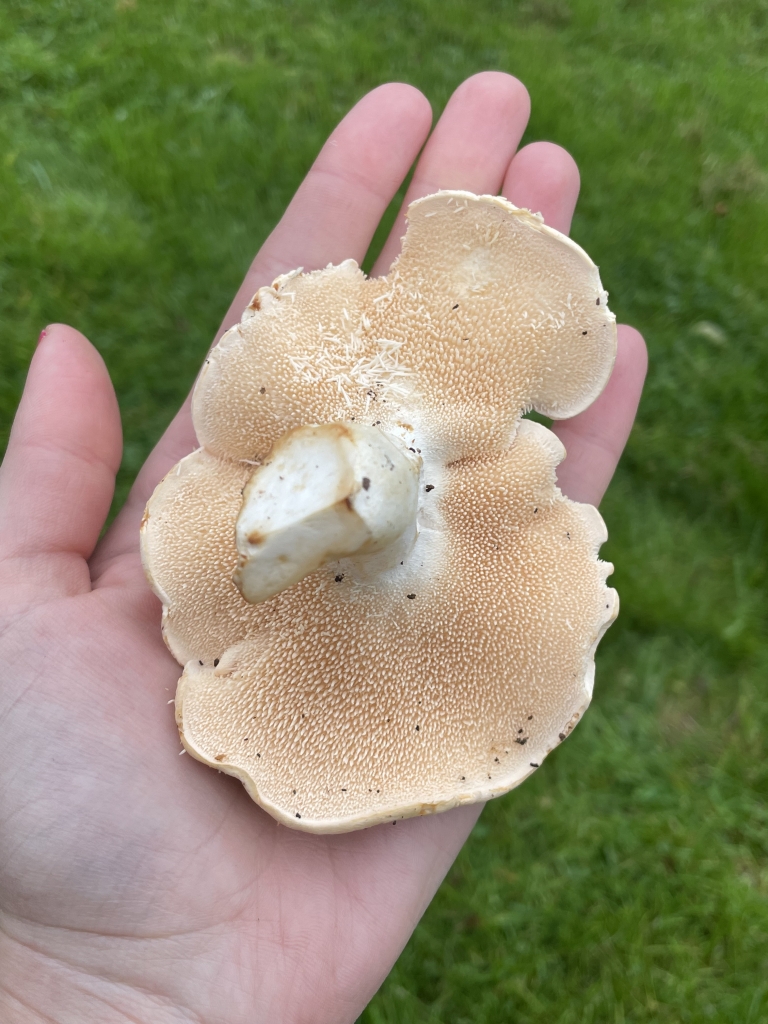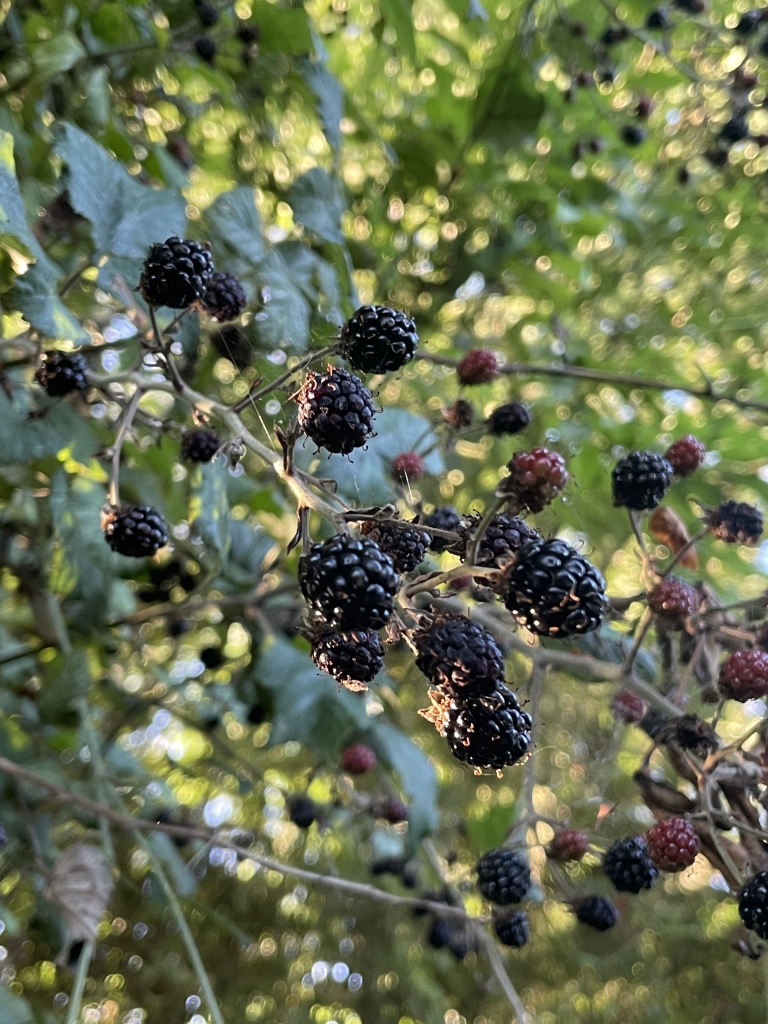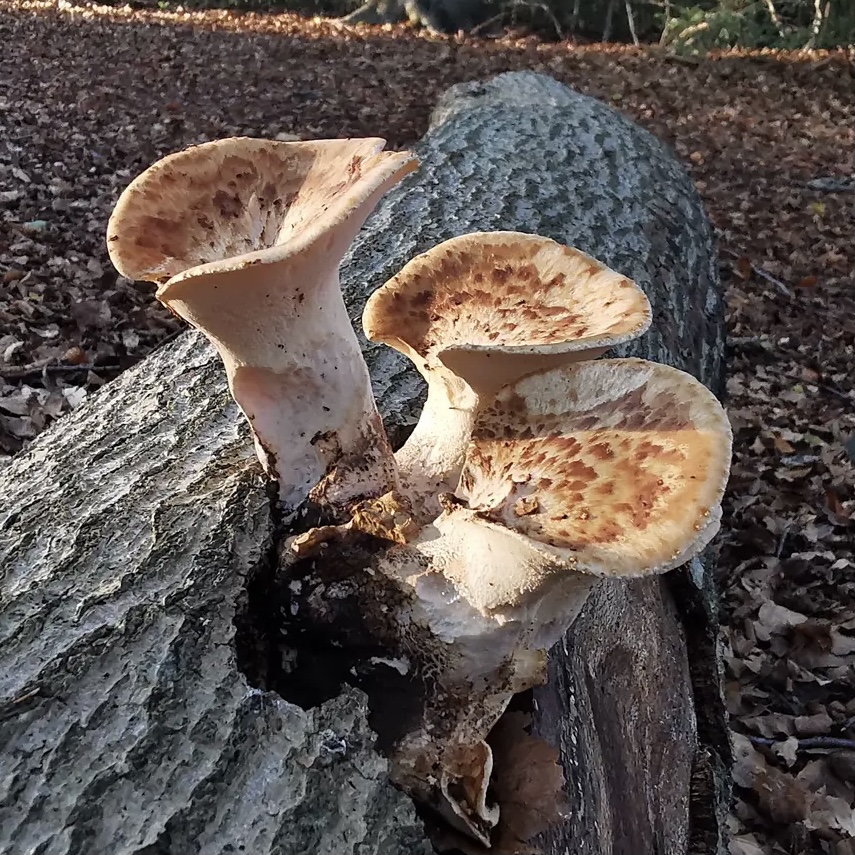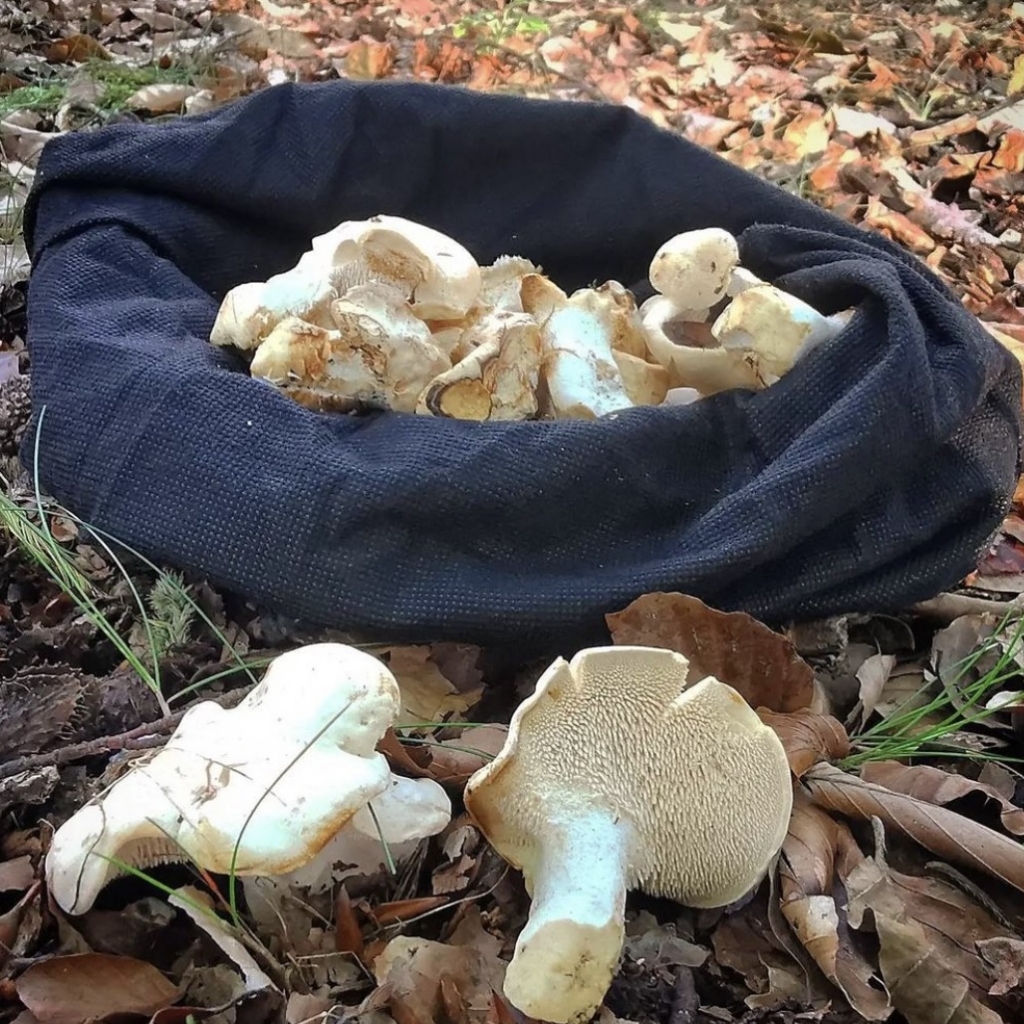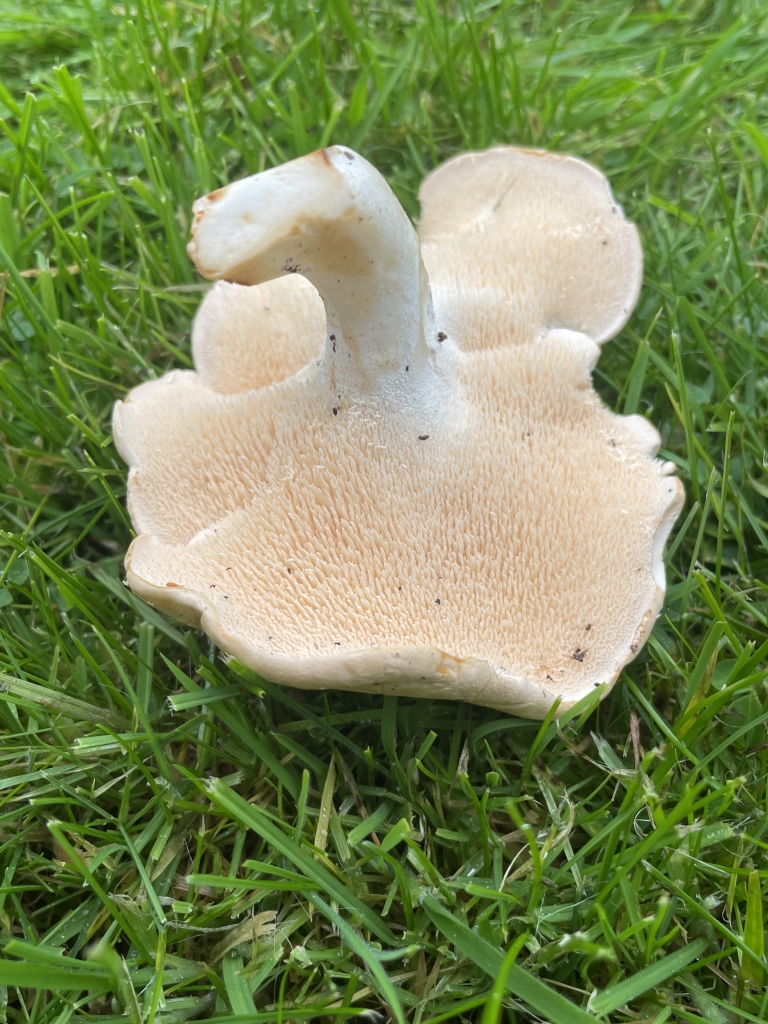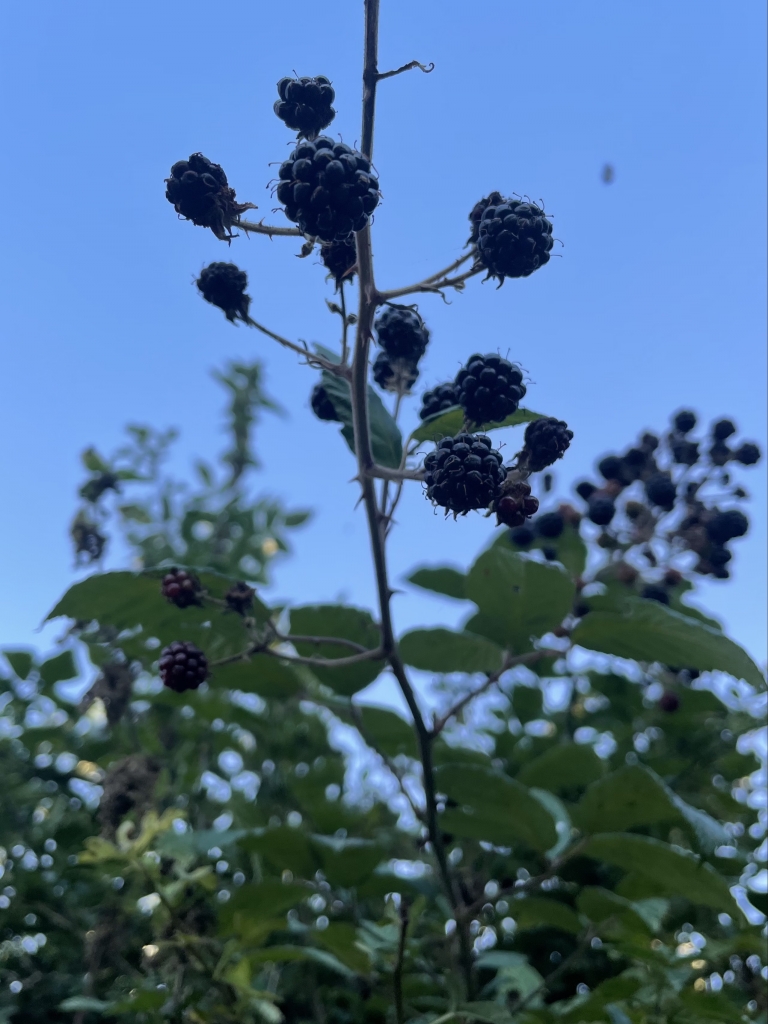Foraging in September 2021
Posted on 30th September 2021
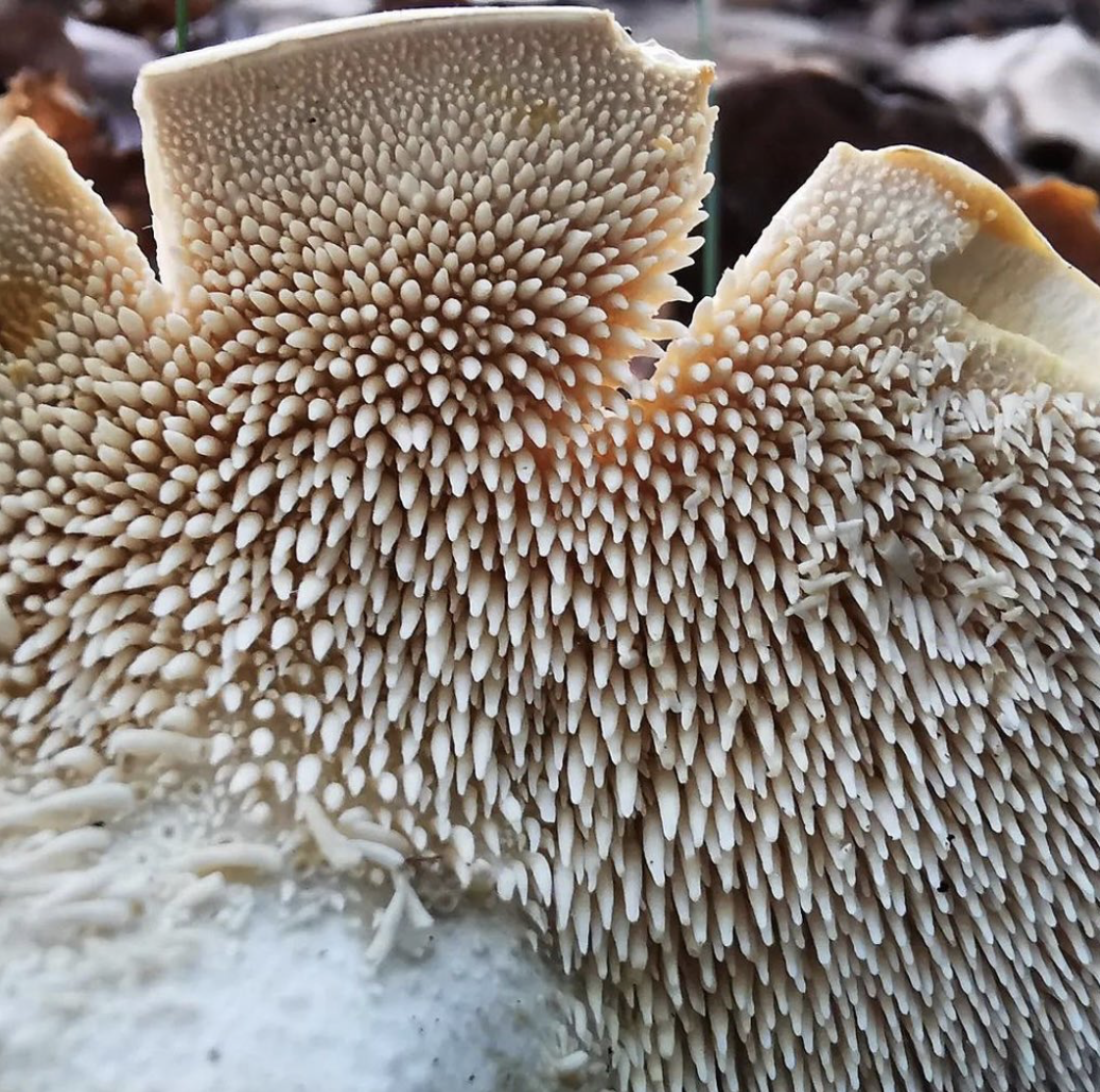
S E P T E M B E R
Foraging in September: Here are a few edibles that we’ve found this month.
Like many foragers, Autumn is our favourite season. We are seeing a whole host of mushrooms popping up all around us, lots of hearty and quite sizeable shrooms, perfect for those highly anticipated creamy mushroom sauces and delicious winter warmer recipes you’ve been desperate to experiment with.
We’ve included some information about a few mushrooms and plants that we’ve been lucky enough to spot whilst out and about this month. Many of which you may be able to forage for on your walks this autumn.
Here’s what we found:
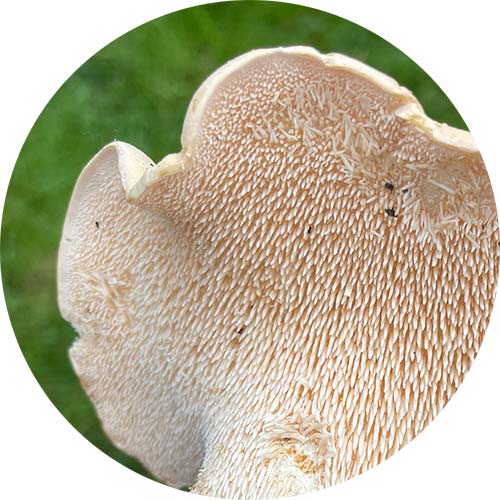
Scientific name: Hydnum repandum
Is considered a very safe mushroom for novice foragers and very tasty too! This mushroom has spines, hence the name hedgehog. These can be white to salmon pink in colour and grow up to 6mm long.
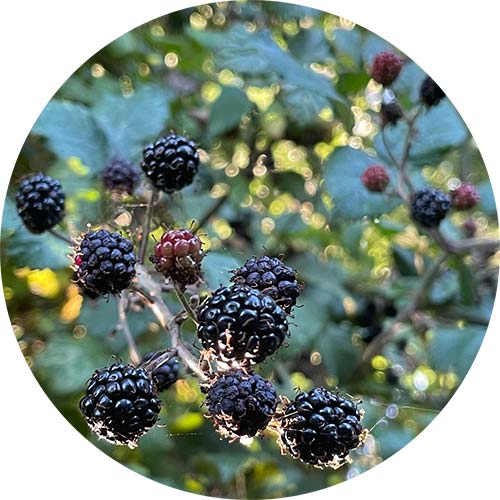
Scientific name: Rubus fruticosus agg
Also known as Bramble this berry can be found often in mix woodland, hedgerows, railway embankments, waste ground and gardens. Blackberries can tolerate growing in very poor soil. Likely foraged from August through to October.
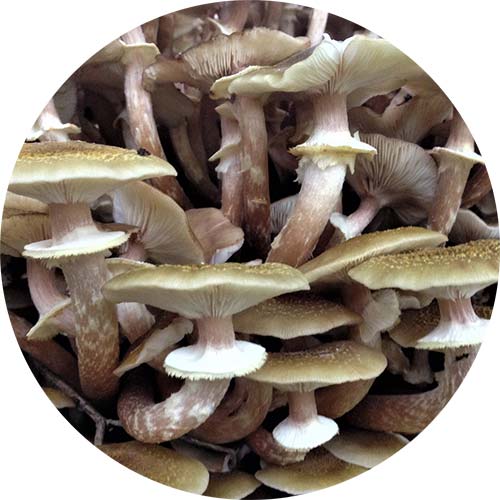
Scientific name: Armillaria mellea
Tasty and very common mushroom but can give a small amount of people gastric upsets so should be tried in small amounts the first time it is eaten. It should always be cooked before consumption. Make sure you are familiar with poisonous lookalikes: Sulphur Tufts and Funeral Bells.
Honey Fungus has brownish or yellow scales on the cap and underside of the ring, which the other two lack.
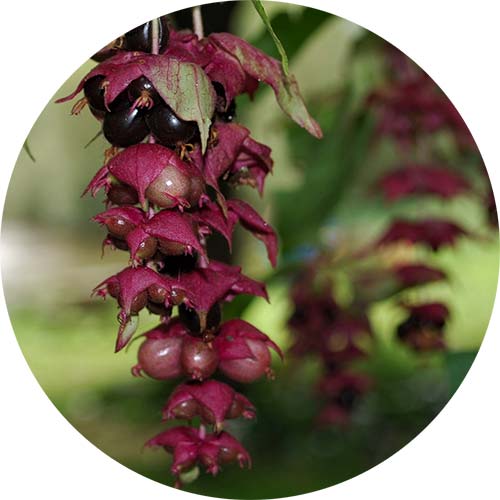
Scientific name: Leycesteria formosa
Also known as Himalayan nutmeg, Himalayan Honeysuckle, Flowering Nutmeg. These season from July through to October.
When fully ripe the berries taste of toffee or lightly burned sugar but if not yet ripe the berries are nasty tasting and very bitter.
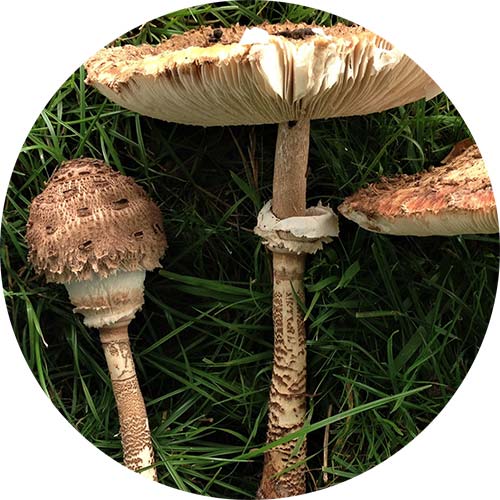
Scientific name: Macrolepiota procera A great tasting, easy to identify mushroom that is a large enough to spot from afar. Can be foraged from June through to September.
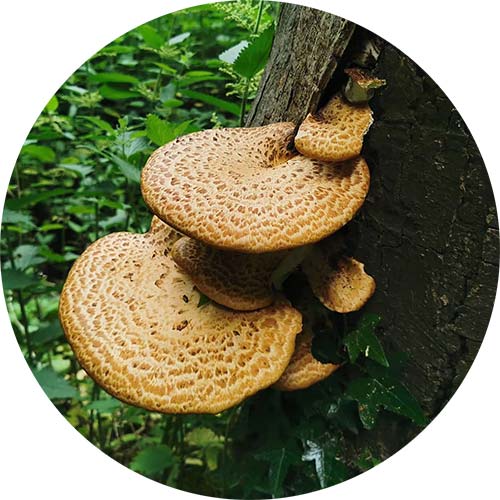
Scientific name: Cerioporus squamosus
Sometimes referred to by their common names as; Scaly Polypore and Pheasant’s Back These are very late in the season to appear however one of our course leaders came across these on one of his courses!
Happy foraging everyone!
If you’d like to know a little more about our finds please head over to our sister site, Wild Food UK to see their very helpful mushroom and hedgerow guides. Remember to stay safe and never eat anything unless you’re 100% sure it is safe to do so.
Let us know in the comments what you’ve been foraging for this month! We’d love to hear what you’ve been spotting on your adventures recently
Don’t forget to follow us on our social media pages
Instagram @foragingshop @wildfooduk
#whatcanyouspot
#foraginguk
#willdfooduk
